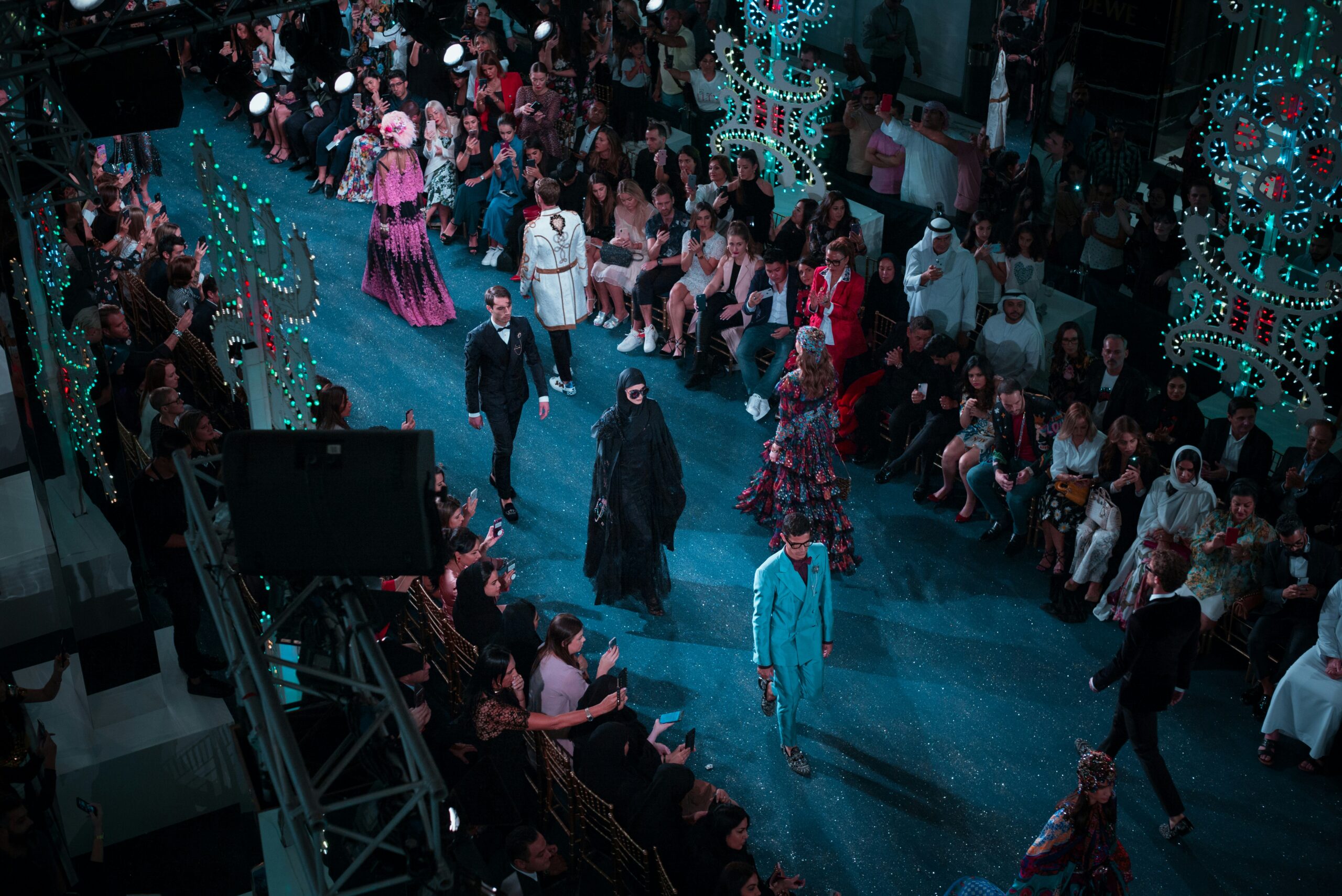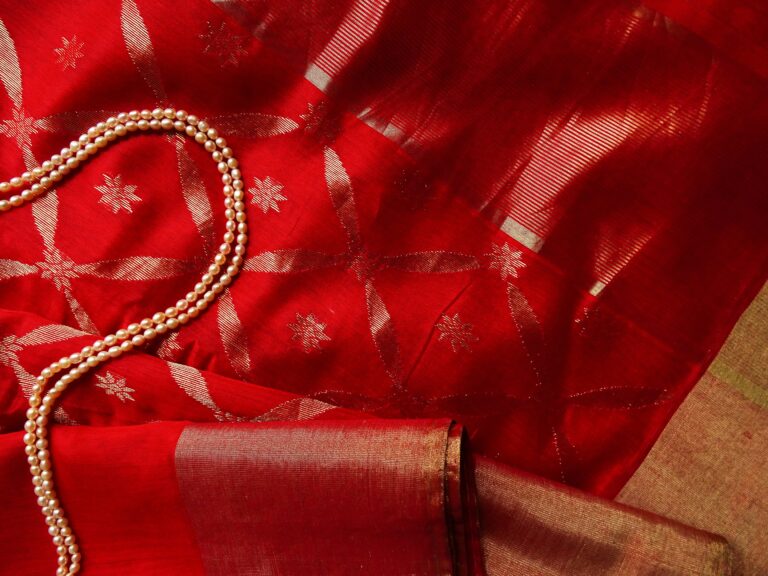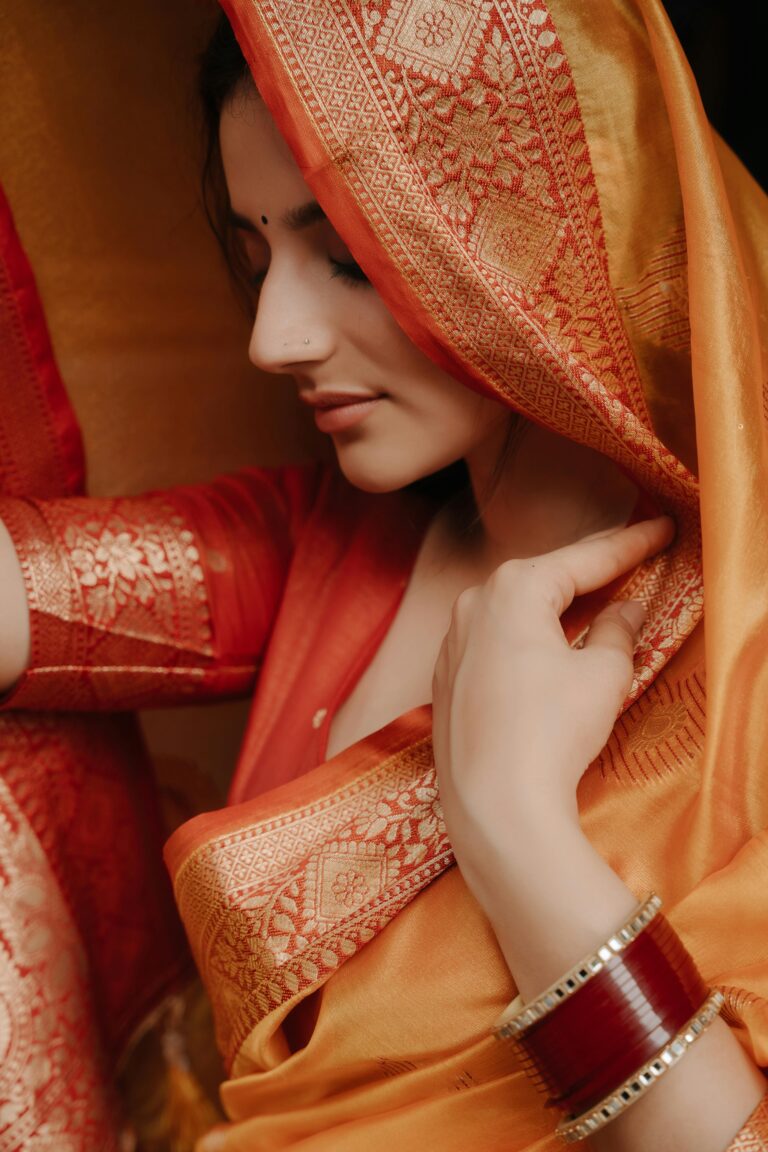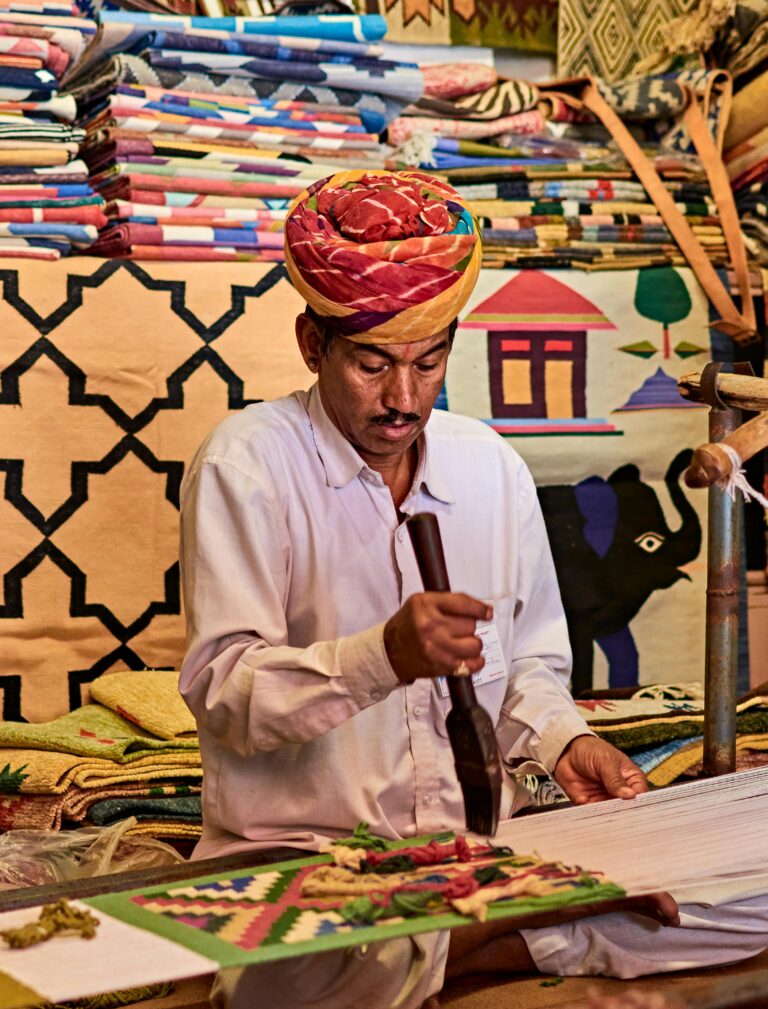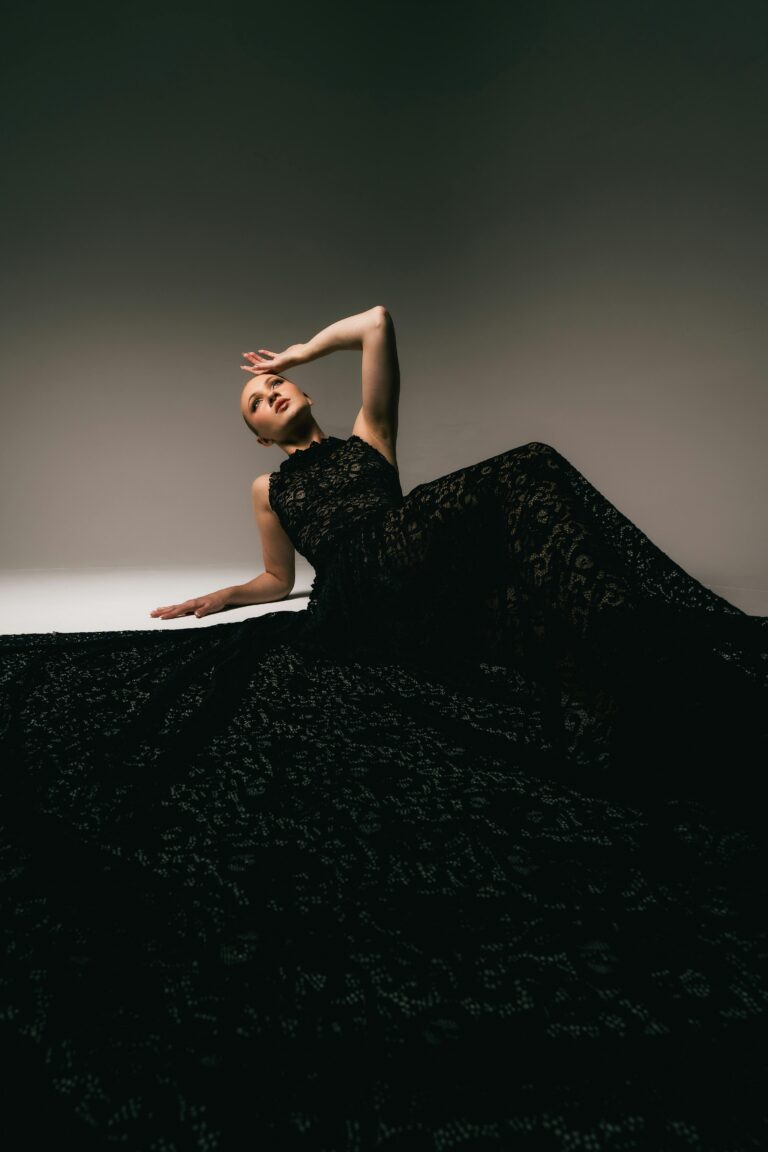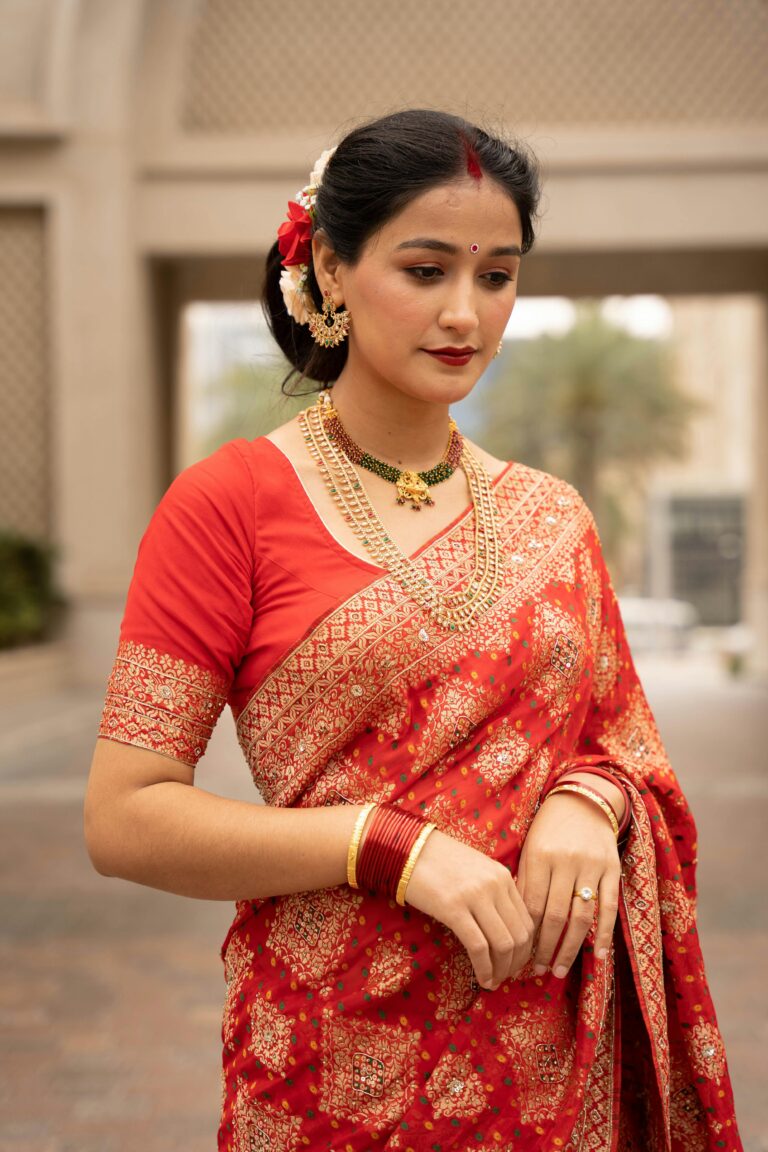Haute Couture and Beyond: Rituals, Emotion, and Art on the Runway
Two kinds of silence can fall before a fashion show begins. The first is the polite hush of a marketplace, an air of anticipation for the next purchase. The second is different. It is the electric, sacred silence of a theatre, the collective breath held before the curtain rises. In that silence, you sense you are about to witness not commerce, but communion.
The common critique, ‘But who would wear that?’ becomes the wrong question, because sometimes clothes on the runway are more than clothes; they are art. When faced with a garment that is undeniably art, we should instead be asking what it is trying to say.
Consider Dior’s Fall/Winter 2000 Haute Couture show by John Galliano. It was eerie yet beautiful. The clothes were dreamy, but the music, the makeup, the walk told another story. Or think of Alexander McQueen. His shows mixed beauty and brutality, the disturbing and the sad, exposing raw human turmoil through clothes.
In these moments, is the designer creating for us, the audience, or for themselves? Is it therapy? A diary made public?
Gaurav Gupta’s Spring 2025 show, “Across the Flame,” offers a clue. Inspired by his wife’s traumatic fire accident, the show began with her opening in a cream corset gown, her scars revealed not as something to be hidden, but as a symbol of strength. This kind of personal vulnerability changes the energy of the clothes. They are no longer just products. They are artefacts of a human story.
In these shows, the models themselves are transformed. They get the power to channel the emotions of the clothes they are wearing. They are not just walking. They are transmitting. Think of Shalom Harlow being spray-painted by robots in McQueen’s Spring 1999 show. You can feel the energy through her posture, her gaze. She became a living part of the masterpiece. The model becomes the medium of the spell.
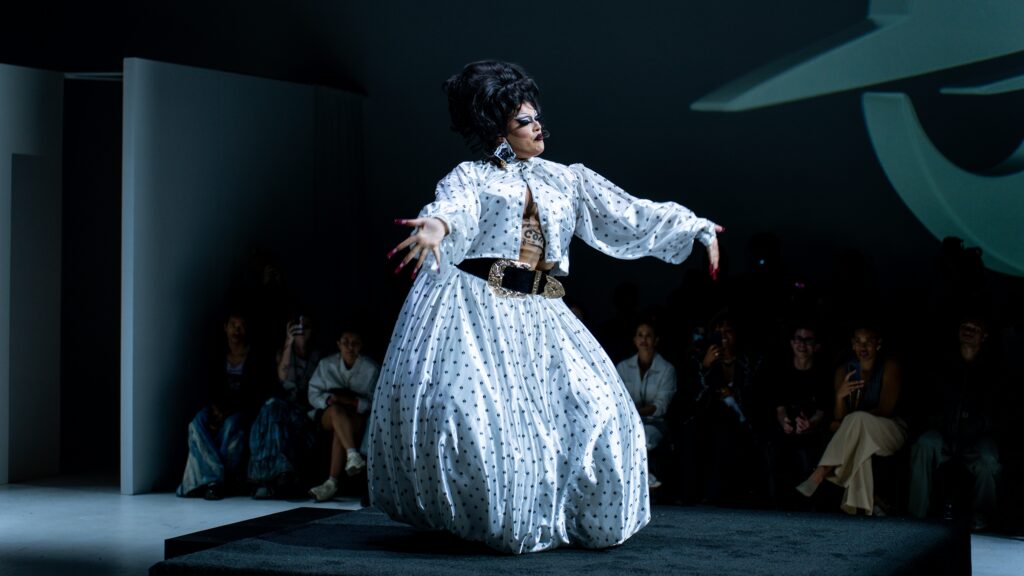
And the power of these moments is magnified when they are experienced together. To see a show in isolation on a screen is to perceive it differently. To sit in a room with others is to feel the sharp intake of breath, the surprise, the deepening silence. The memory lingers not just as something you saw, but as a cultural moment you were a part of.
But let’s be honest. Not every show is a masterpiece. This is the age of capital. Designers are under immense pressure to create collections that increase revenue. When a designer is forced to prioritise revenue over vision, the work can become predictable. And yet, being safe does not mean being without art. The runway is a complex space where artistic vision and commercial allure are in a constant, delicate dance.
This is precisely why the true rituals matter so much. They are a necessary antidote. In a world saturated with fast fashion, a system so rapid it forgets its soul, these moments of pure, uncommercial creativity are a quiet rebellion. The seemingly frivolous, “unwearable” garment on a ritualistic runway is a powerful act of protest against soullessness.
The clothes from these shows may never end up in our closets. That was never their purpose. Their ultimate function is to live on as art. They become inspiration, artefacts in museums, and new standards that shift the conversation. This, in the long run, is how art becomes the ultimate form of capital. The memory of a legendary show builds a legacy of story and substance, a uniqueness that people crave, a value far more powerful and enduring than seasonal sales.
Not every walk is a ritual. But the ones that are, stay forever.
